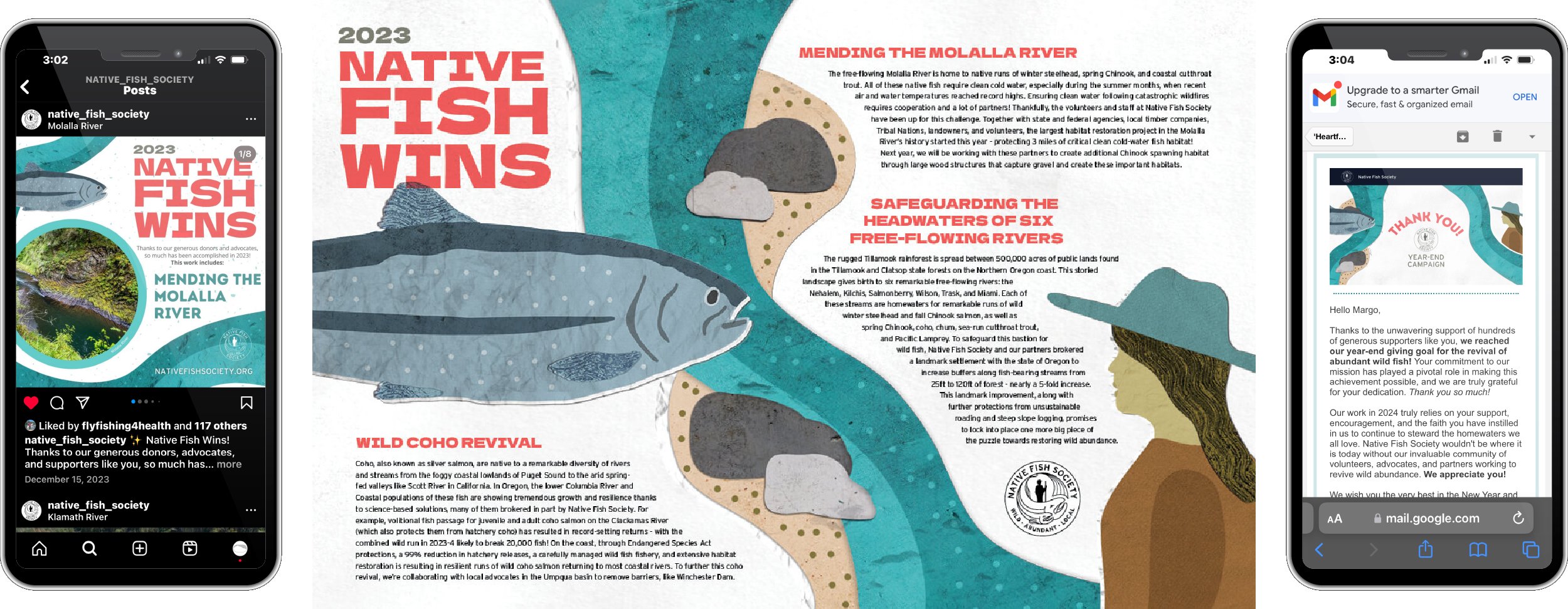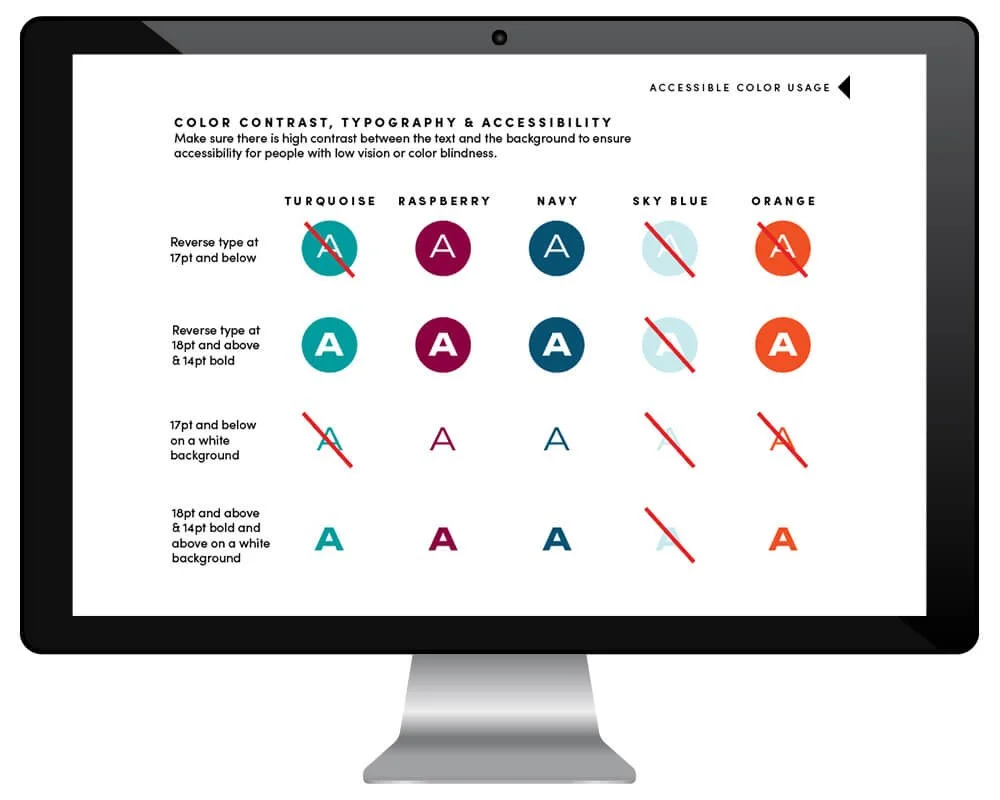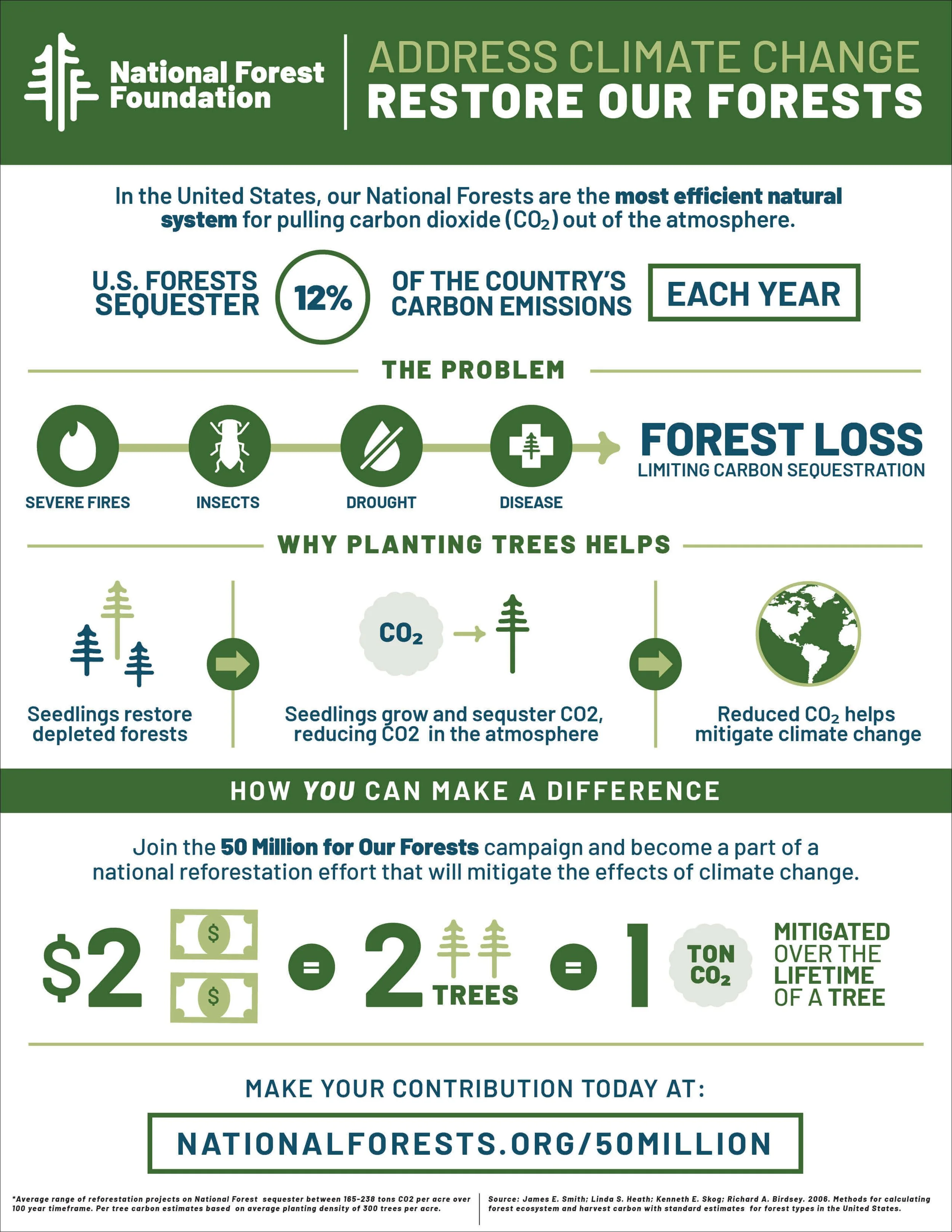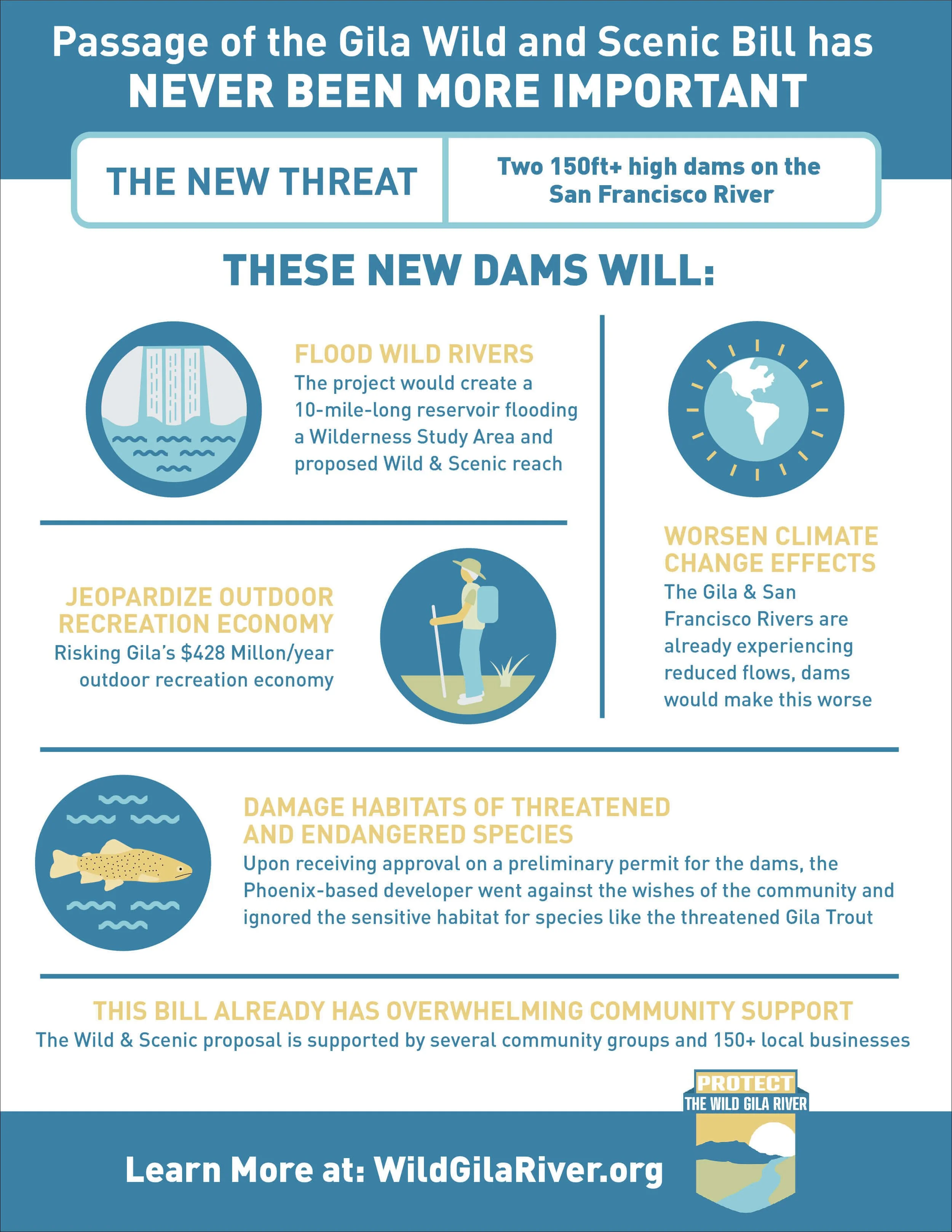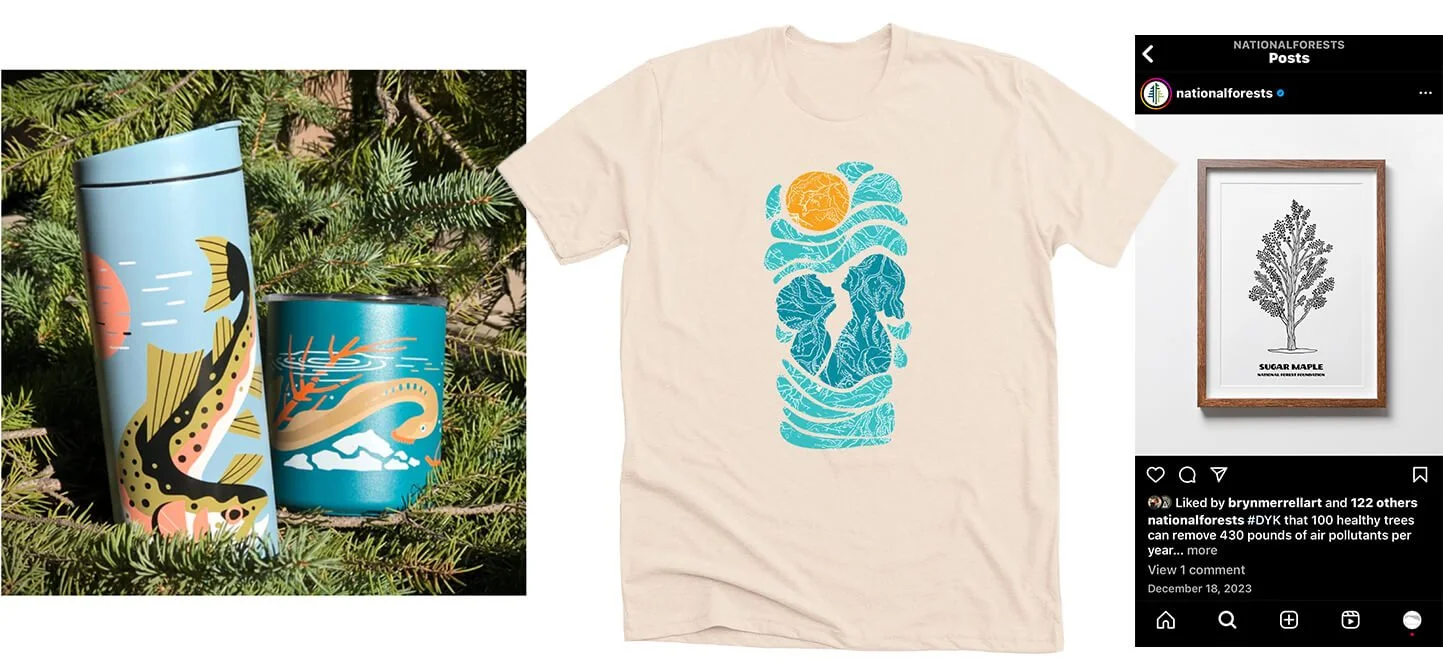Transformative Design Trends of 2024 for Nonprofits
6 Trending Tactics to Help your Fundraising Work
In 2023, I spent a lot of time working with nonprofits on a variety of design projects, everything from infographics to social media campaigns to annual reports. I’ve collaborated with some real nonprofit marketing and fundraising experts and gotten to see what tactics they’re trying and what really helps make a campaign work. Without further delay, let’s dive into some trends in nonprofit marketing and fundraising that I noticed popping up last year that I predict aren’t going anywhere in 2024.
1. Integrated Marketing Campaigns:
This is a fancy way of saying that all of your marketing materials look the same and use the same language. When you’re working with your graphic designer and copywriter to build out a fundraising or event campaign, ask them to include assets that can be used for your email newsletter, website hero images, social media posts, printed mail, promotional items and anywhere else you plan to share your campaign information. This will build brand recognition and create a sense of familiarity with your campaign. When your supporters flow through their journey from a postcard, newsletter or social media post to the donor page on your website, they’ll see the same graphics and language and know they’re in the right place. Firespring has a really well-written blog about How to Build an Integrated Marketing Strategy .
Native Fish Society's campaign “2023 Native Fish Wins” shown as an instagram post, printed mailer and email.
2. Focus on the Good:
Show your audience all of the good stuff you’re doing and give your donors a sense of ownership by sharing what their funds have helped support. Share an uplifting illustration or infographic with your top wins for the year or an inspiring photo of a project your organization supports. Fear-inducing doomsday campaigns (especially about the climate) are definitely out. Your audience is well aware of all of the bad stuff going on in the world and seeing bad news accompanied by an ask for donations may be a difficult way to gain traction.
Infographic for The Conservation Alliance to celebrate achievements thanks to member support.
3. Accessible Brand Standards:
Creating an accessible brand color palette means making sure the colors you use have enough contrast between the foreground and background colors and that the colors can be seen by people with color blindness and low vision. This is primarily intended for typography and graphics or iconography. My blog, An Easy Guide to Make Your Brand’s Color Palette Accessible, is full of resources for how you can launch into 2024 with a more accessible brand.
Sample color contrast chart showing pass and fail combinations.
4. Short Form Messaging & Data Visualization:
One of the biggest challenges nonprofit marketing professionals face these days is looking for the magic bullet strategy for bridging the gap between Boomers, Gen X, Millennials and Gen Z. Generally older, born-without-the-internet generations prefer receiving a lot of information presented in long-form letters, articles and reports while younger generations are used to digesting hundreds of messages a day in the form of short videos, bullet points, infographics and scrollable articles. As these younger generations begin to show up more in the landscape of nonprofit donors, the focus of fundraising campaigns shifts to cater to their preferences for receiving less detailed, more to-the-point information at a glance.
National Forest Foundation infographic showing the impact that icons, visualized data and well designed typography has on making content engaging and digestible.
A campaign to protect the Gila River uses an infographic with short bits of information along with illustrations to talk about the threats on the river.
5. QR Codes:
Ok, QR codes aren’t new news. They sort of went out of style and then made a comeback during the pandemic. If your nonprofit is sending out any sort of printed mail – postcards, newsletters, annual appeals, annual reports – without a QR code that goes directly to your donation page, you could be leaving money on the table. Although small, removing the barrier of typing in a URL or searching your homepage for where to give could really pay off. Hot design tip: QR codes can affect the layout and design of a piece, don’t wait until your design is finished to add a QR code, make sure it’s integrated into the layout from the start. QR codes can also be made into unique shapes or include your logo in them.
5. Artist-Driven Merchandise:
This is my favorite trend because it supports talented artists and gives them an opportunity to lift up organizations they care about while creating a ripple-effect impact. An organization can hire an artist to create graphics for items like t-shirts, hats and coffee mugs which are available for purchase to the public. The funds raised from the merchandise support the organization, the artist and also is “free advertising” when a donor is walking around their neighborhood in a beautiful t-shirt with your org’s name on it. It’s a win-win-win. Here are some of my favorite collabs:
A few examples of artist-driven merchandise from the links above that support both the brand and the creator.
Thanks for reading along! Designers, marketers, fundraisers…I’d love to hear what trends you predict for 2024!
I’m Margo! A graphic designer who works with conservation-minded nonprofits and brands on projects like logos & branding, annual reports, maps, and infographics. If your nonprofit is due for a brand refresh or logo redesign, I’m your gal! Visit my portfolio to see some of my work with other nonprofits and let’s schedule a call so I can learn more about your project.

